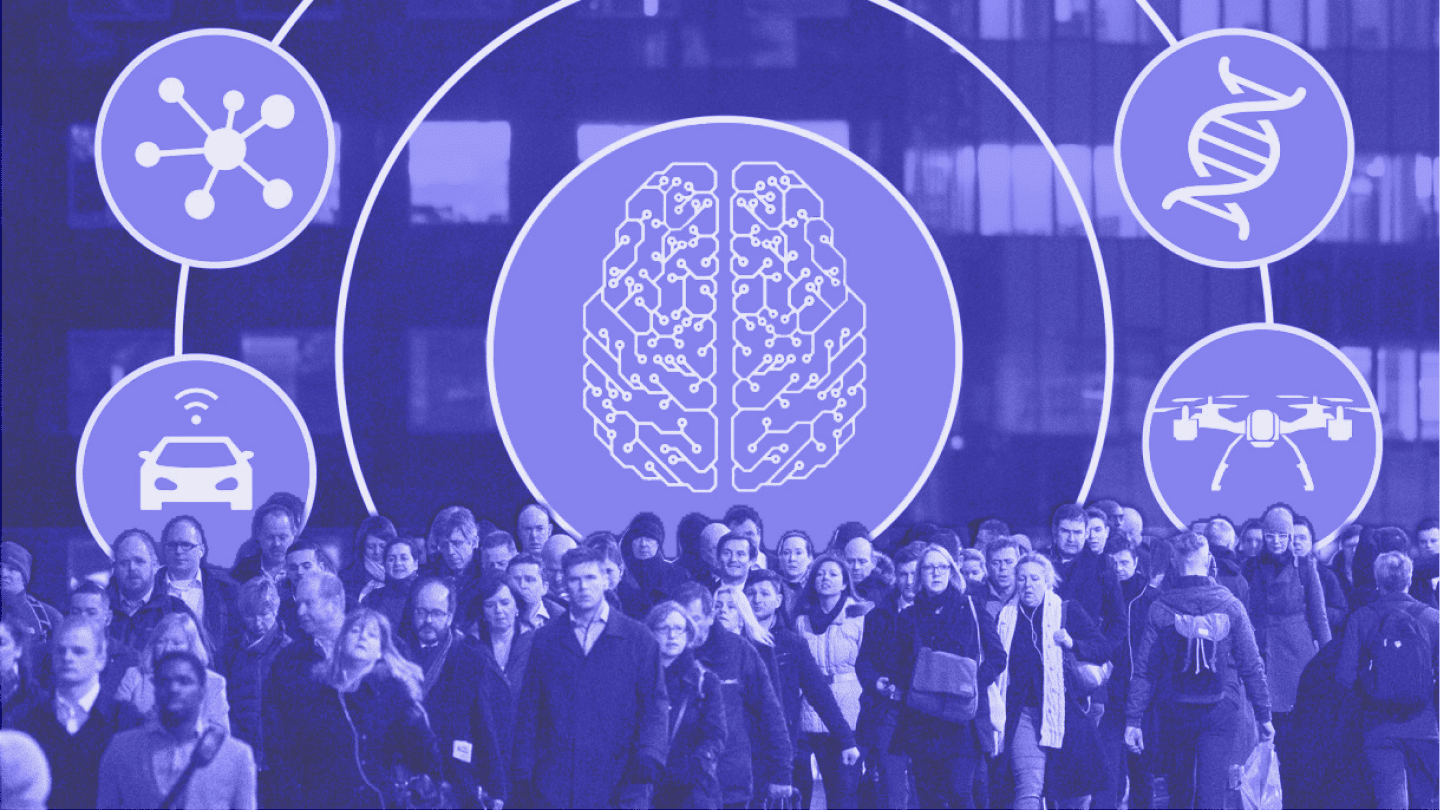SafetyDetectives recently sat down with Ihor Demkovych, Chief Security Officer and Head of Engineering at Geniusee, to talk about building secure, scalable software across high-stakes industries like edtech and fintech.
With a background in computational physics and over a decade of experience leading engineering teams, Ihor brings a rare combination of deep technical expertise and strategic foresight. At Geniusee, he’s shaping both the company’s security posture and its technical vision—bridging the gap between airtight code and business value. In this Q&A, Ihor shares how his team bakes security into every line of code, helps clients stay compliant amid shifting data privacy laws, and future-proofs MVPs with infrastructure designed to scale. From DevSecOps best practices to emerging trends in zero-trust networking and AI-assisted threat detection, this is a masterclass in secure software development done right.
Can you start by telling us about your role at Geniusee and your journey in the tech industry so far?
I currently wear two hats at Geniusee: Executive CISO and Head of Engineering. In practice that means I’m responsible for three things—our technical vision, the day‑to‑day quality of delivery, and the security posture that protects every line of code we ship. My journey started far from web dashboards and Kubernetes clusters: I was doing computational physics, building mathematical models to understand complex systems. That background in rigorous problem‑solving proved invaluable when I moved into commercial software in 2013. Over the past 12 years I’ve had the privilege of writing code for embedded devices, architecting cloud platforms for fintech scale‑ups, and leading globally distributed teams that span six time zones. Each step has taken me a bit farther from the keyboard and closer to strategic decision‑making—yet I still carve out time for code reviews because staying hands‑on keeps me honest. What excites me most today is helping talented engineers grow into security‑minded technologists who can turn an abstract business goal into a resilient, scalable product.
Geniusee works with a wide range of industries, from fintech to edtech. What would you say defines the company’s core mission and approach to building digital solutions?
Our mission is simple: translate business ambition into dependable technology that lasts. To do that we combine three pillars: strategic discovery, engineering excellence, and domain depth. Discovery means we front‑load workshops with stakeholders and real users so we can map out value hypotheses before a single sprint starts. Engineering excellence is our obsession with clean architectures, CI/CD discipline, and measurable quality gates. Domain depth is the hard‑earned knowledge of regulatory constraints, user behaviors, and competitive landscapes in fintech, edtech, healthtech, and retail. Across all these verticals we champion rapid validation—MVPs that test assumptions early—followed by sustainable scaling, where we harden security, observability, and performance. The result is software that feels effortless for end users, yet underneath is engineered for auditability, uptime, and future change.
Given your work in security‑conscious sectors like fintech and healthcare, how does Geniusee integrate security best practices into its software development lifecycle?
Security isn’t a separate phase for us; it’s a design constraint from the moment we open a new repo. Every project kicks off with a threat‑modeling session where engineers, product owners, and security analysts map out attack surfaces and compliance obligations. From there we bake controls into the CI/CD pipeline: static code analysis, dependency scanning, secret‑detection hooks, and container hardening checks must pass before a merge is allowed. At runtime we deploy infrastructure as code with least‑privilege IAM roles, network segmentation, and automated patching. Pen‑tests and chaos‑engineering exercises are scheduled, not “nice‑to‑have” after the MVP. Finally, our DevSecOps guild runs internal capture‑the‑flag events and red‑team simulations so that muscle memory develops across the organization. In highly regulated environments—think PSD2 in fintech or HIPAA in healthcare—we layer on audit trails, end‑to‑end encryption (in transit and at rest), and continuous compliance dashboards that map controls to the exact clause in the regulation.
With data‑privacy regulations constantly evolving, how do you help your clients remain compliant—especially when scaling across multiple regions?
We start by codifying privacy requirements as architectural guardrails instead of relying on manual checklists. For example, if a solution must meet GDPR data‑residency rules, the infrastructure‑as‑code template already pins PII to an EU‑only subnet and enforces key‑management policies through AWS KMS or Azure Key Vault. Our compliance team maintains a living knowledge base of global statutes—GDPR, CCPA, HIPAA, POPIA—and flags changes as they’re proposed, not just when they’re enacted. When clients expand into new markets we perform a “regulatory impact sprint” that compares existing controls with local laws, then update the data‑flow diagrams and run automated tests to prove the controls work. Consent management is handled via centralized services that expose region‑specific APIs, so front‑end teams don’t reinvent the wheel for each locale. The net effect is that scaling to a new geography becomes a configuration change, not a months‑long refactor.
What common security or infrastructure mistakes do you see startups or scale‑ups make when building their MVPs, and how do you guide them past those pitfalls?
Speed is king in early‑stage products, but unchecked velocity often leads to three recurring issues: over‑permissive cloud roles that linger in production, credentials hard‑coded in source code, and no observability until “something breaks.” Our playbook addresses these on day one. We provision an MVP‑ready template that enforces principle of least privilege, ships with a secrets manager, and includes a lightweight observability stack—logs, metrics, and traces—so founders can measure what matters without breaking the budget. We also coach teams to treat infrastructure as code from the outset; that way scaling from 100 to 10,000 users is a matter of running a pipeline, not a weekend of SSH sessions. Finally, we conduct a “pre‑launch hardening workshop” where we threat‑model the MVP against its most likely risks and schedule fixes before public release. It’s faster—and far cheaper—than a post‑breach retrospective.
What trends are you seeing in secure software development, and how is Geniusee adapting to help clients stay ahead of the curve?
Three macro‑trends dominate our roadmap. First, zero‑trust networking is moving from concept to baseline, driven by distributed workforces and API‑first ecosystems. We now treat every internal request as external, authenticating and authorizing at each hop. Second, AI is reshaping security operations—large‑language‑model copilots accelerate threat hunting, while anomaly‑detection models flag suspicious patterns in real time. We’re integrating these tools into our SOC and offering AI‑assisted code‑review services that catch insecure patterns a human might miss. Third, privacy‑enhancing technologies—homomorphic encryption, secure enclaves, differential privacy—are becoming commercially viable. We’ve built POCs that allow fintech clients to run credit‑scoring models on encrypted data, avoiding the need to decrypt sensitive information at all. Our promise to clients is simple: we’ll keep experimenting in a sandbox so their production environments stay modern, compliant, and—most importantly—secure.





















